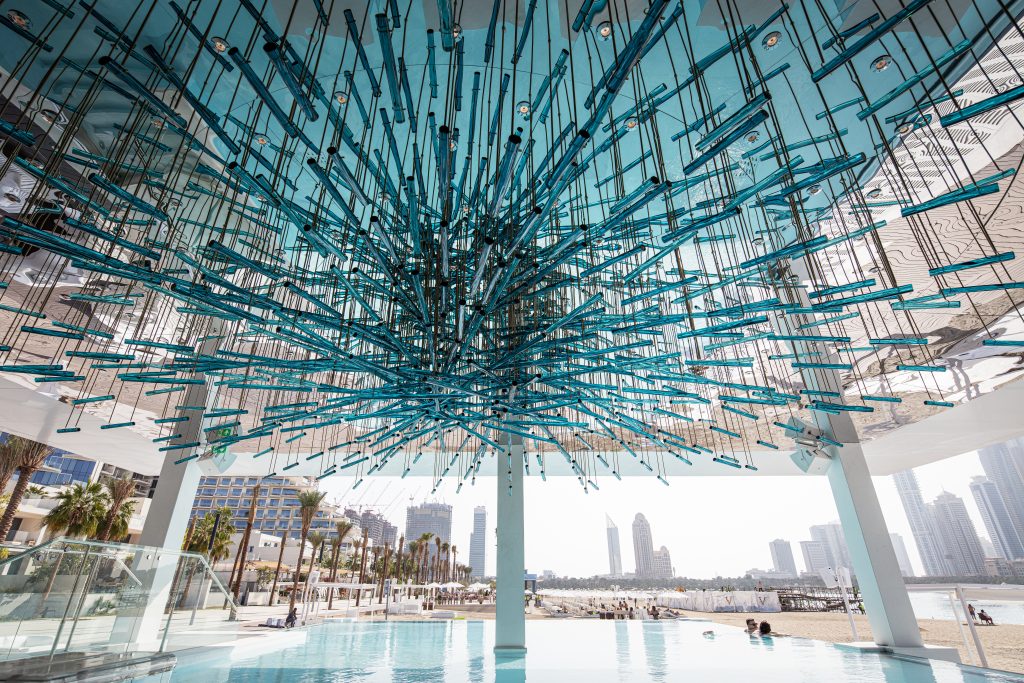In the former Czechoslovakia, modern glass develops as applied art in the close intermeshing of craft, art, design and (interior) architecture.
Artisanal glass traditions, openness to technology and science, impulses from the Secession and Art Nouveau and cultural pluralism formed the basis for the artistic and industrial awakening in the interwar period. Industrial companies and factories, the glass schools with their specialized practical training and the Academy of Applied Arts in Prague created an infrastructure that was also expanded in the socialist ČS (S) R. Skilled artist-designers such as René Roubiček, Jaroslava Brychtová or Stanislav Libenský demonstrated at large presentations abroad a largely non-ideological applied art that crossed the boundaries of sculpture and architecture.








